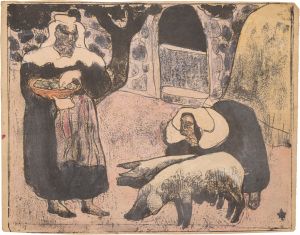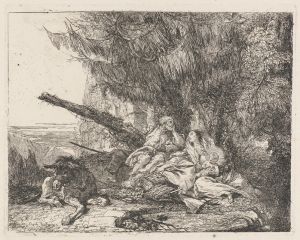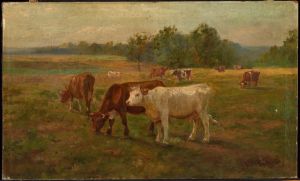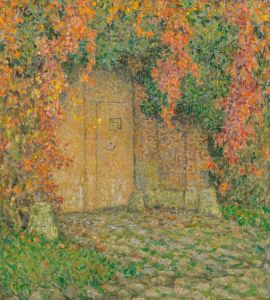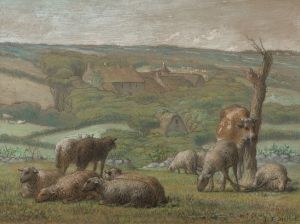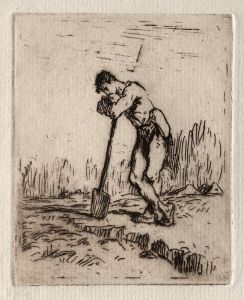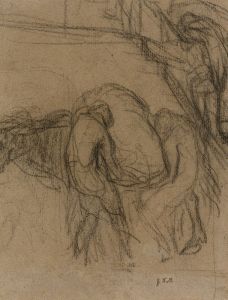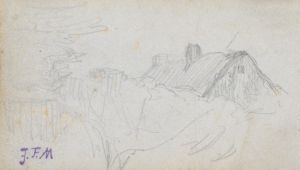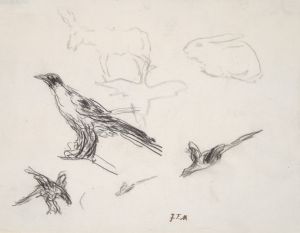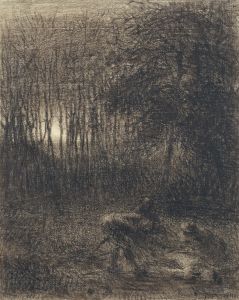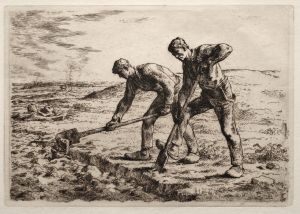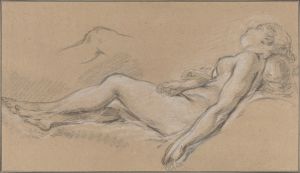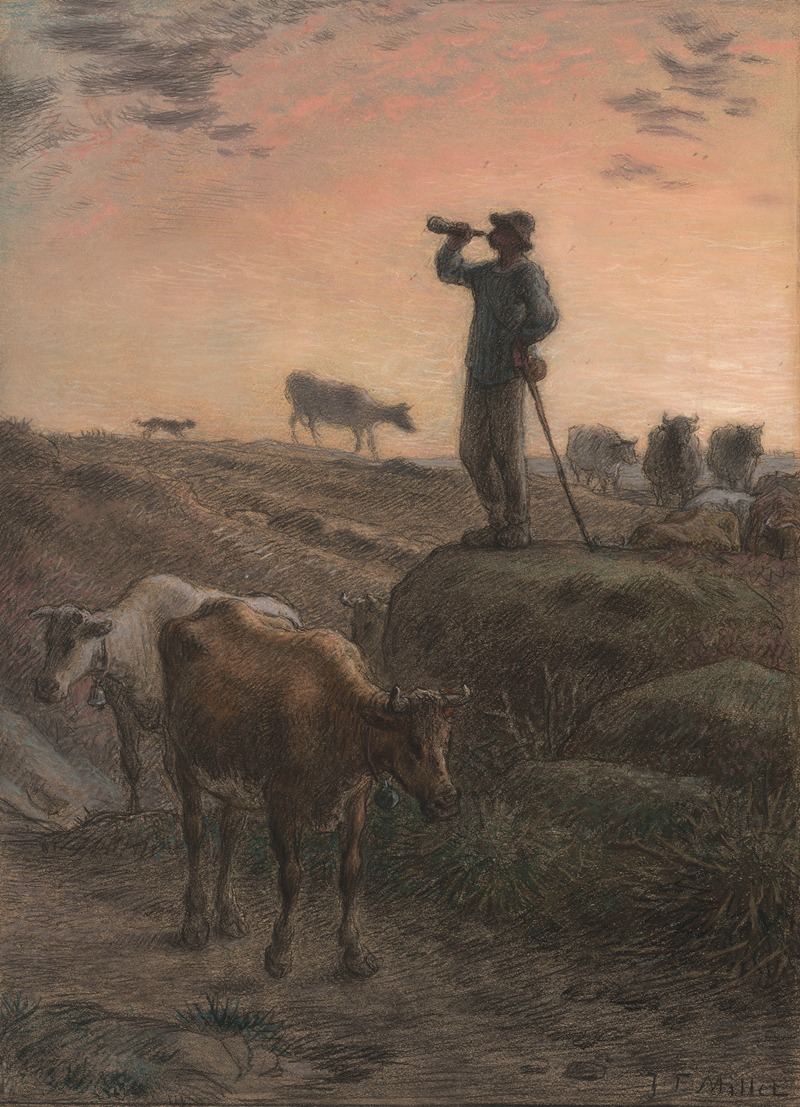
Calling Home the Cows
A hand-painted replica of Jean-François Millet’s masterpiece Calling Home the Cows, meticulously crafted by professional artists to capture the true essence of the original. Each piece is created with museum-quality canvas and rare mineral pigments, carefully painted by experienced artists with delicate brushstrokes and rich, layered colors to perfectly recreate the texture of the original artwork. Unlike machine-printed reproductions, this hand-painted version brings the painting to life, infused with the artist’s emotions and skill in every stroke. Whether for personal collection or home decoration, it instantly elevates the artistic atmosphere of any space.
"Calling Home the Cows" is a painting by the French artist Jean-François Millet, who was a prominent member of the Barbizon School. This art movement, which emerged in the mid-19th century, focused on realism and the depiction of rural life and landscapes. Millet, born on October 4, 1814, in Gruchy, Normandy, is best known for his works that portray the daily lives of peasants and their connection to the land.
The painting "Calling Home the Cows" exemplifies Millet's dedication to capturing the essence of rural life. It depicts a pastoral scene where a farmer, likely a woman, is calling the cows back home at the end of the day. The setting is a serene countryside, with the cows leisurely making their way back, guided by the farmer's call. The composition of the painting is simple yet evocative, emphasizing the harmonious relationship between humans and nature.
Millet's technique in this painting is characterized by his use of earthy tones and a soft, diffused light that bathes the entire scene. This choice of palette and lighting not only enhances the realism of the rural environment but also conveys a sense of tranquility and routine in the peasant's life. The figures in the painting are rendered with a sense of solidity and presence, reflecting Millet's respect for the dignity and hard work of the rural populace.
"Calling Home the Cows" is part of Millet's broader body of work that includes other notable paintings such as "The Gleaners" and "The Angelus." These works collectively highlight the themes of labor, simplicity, and the intimate bond between people and their environment. Millet's focus on these subjects was partly influenced by his own upbringing in a farming family, which gave him a profound understanding and appreciation of rural life.
Millet's work was initially met with mixed reactions. While some critics and contemporaries appreciated his realistic portrayal of peasant life, others criticized it for its perceived lack of idealization and romanticism. However, over time, Millet's contributions to art were recognized for their authenticity and emotional depth. His paintings have since been celebrated for their ability to capture the timeless and universal aspects of human existence.
Today, "Calling Home the Cows" is appreciated not only for its artistic qualities but also for its historical significance. It offers a window into the 19th-century rural life and the daily rhythms of agricultural communities. Millet's work continues to be studied and admired for its pioneering approach to realism and its compassionate portrayal of the working class.
In summary, "Calling Home the Cows" by Jean-François Millet is a significant work that reflects the artist's commitment to depicting the realities of rural life with honesty and respect. Through his masterful use of light, color, and composition, Millet creates a scene that is both specific to its time and place and universally resonant.






